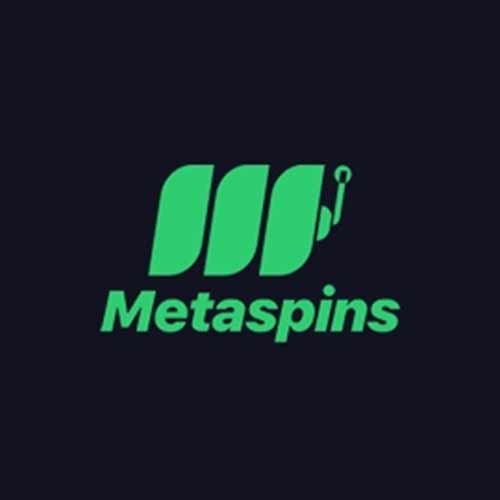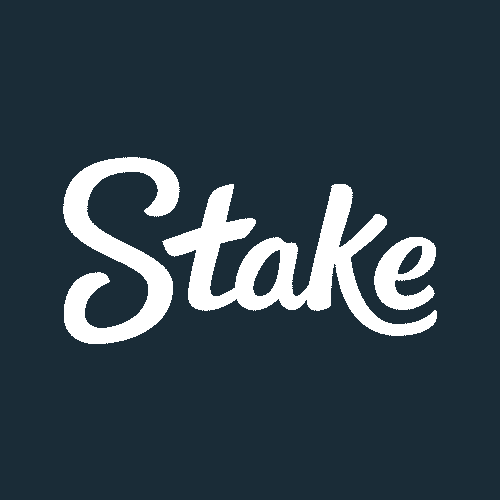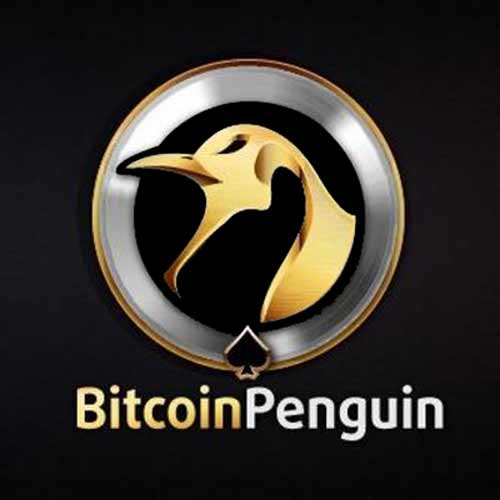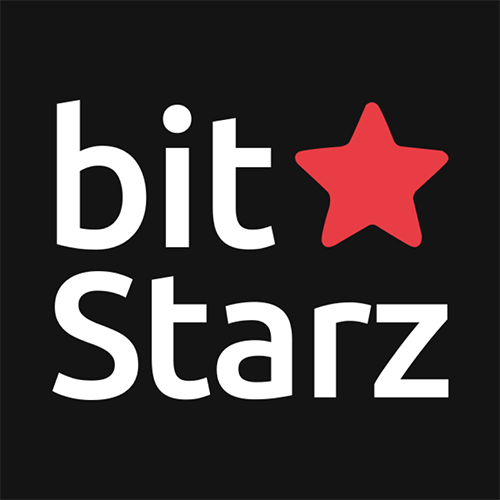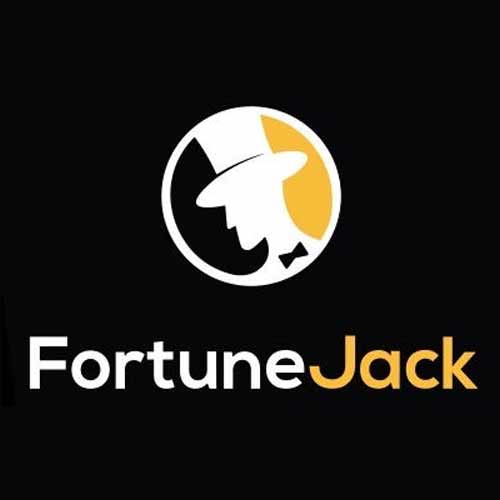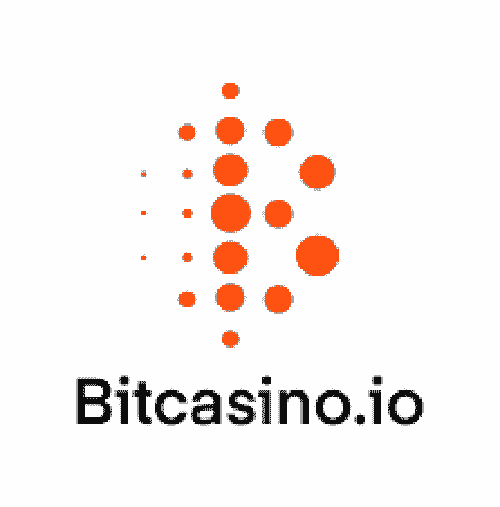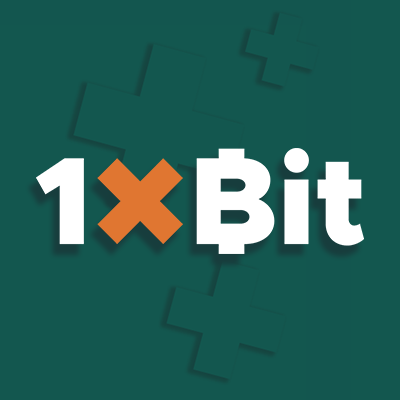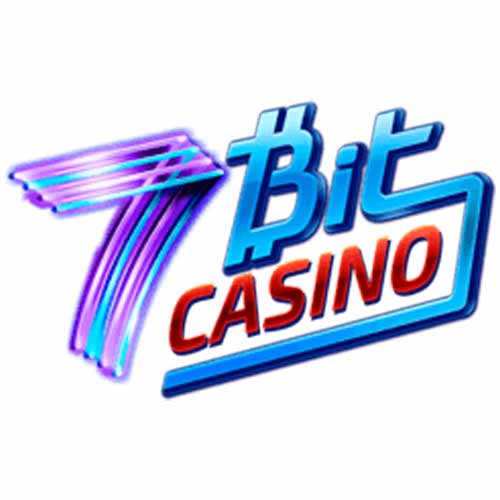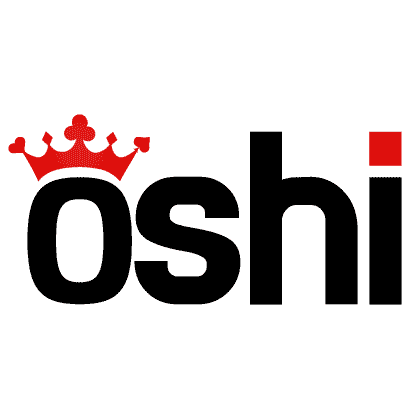Solana is a cryptocurrency platform that was created in 2020. It was designed to be a fast, scalable, and secure platform for decentralized applications. Solana uses a proof-of-history consensus algorithm, which implies that users can earn rewards for validating transactions on the network.
Cardano is another cryptocurrency platform created in 2017. However, Cardano uses a different consensus algorithm called proof-of-stake. Cardano also offers smart contract functionality and is working on implementing scalability solutions such as sharding.
Our top rated Ethereum casinos
Our top rated Tron casinos
Our top rated EOS casinos
This article offers a detailed comparison between Solana and Cardano.
WHAT IS CARDANO
Cardano is a decentralized public blockchain technology and cryptocurrency project. It is completely open source and is developed by Input Output Hong Kong (IOHK). Cardano boasts of being the first blockchain platform to base its progress on peer-reviewed research.
The blockchain project aims to run a decentralized smart contract platform with a new blockchain technology of proof-of-stake consensus algorithm, called Ouroboros, that doesn’t require energy-intensive proof-of-work mining like Bitcoin.
Key Takeaways
- Cardano is more established and has a longer track record, but Solana is still in its early development stages.
- In 2023 Cardano may get to a high price of $ 8.96.
- By 2025 there is a high expectation that Solan can get to a price of $ 92.70.
- Cardano is fully decentralized, while Solana is partly centralized.
- Right now, though, Solana is the faster option.
- Cardano is highly secure compared to Solana. So, if you are interested in high security, you should consider
Cardano’s native currency, ADA, is currently ranked in the top 10 of all cryptocurrencies by market capitalization. ADA can be bought and sold on major cryptocurrency exchanges such as Binance, Coinbase Pro, and Kraken.
CARDANO’S FEATURES
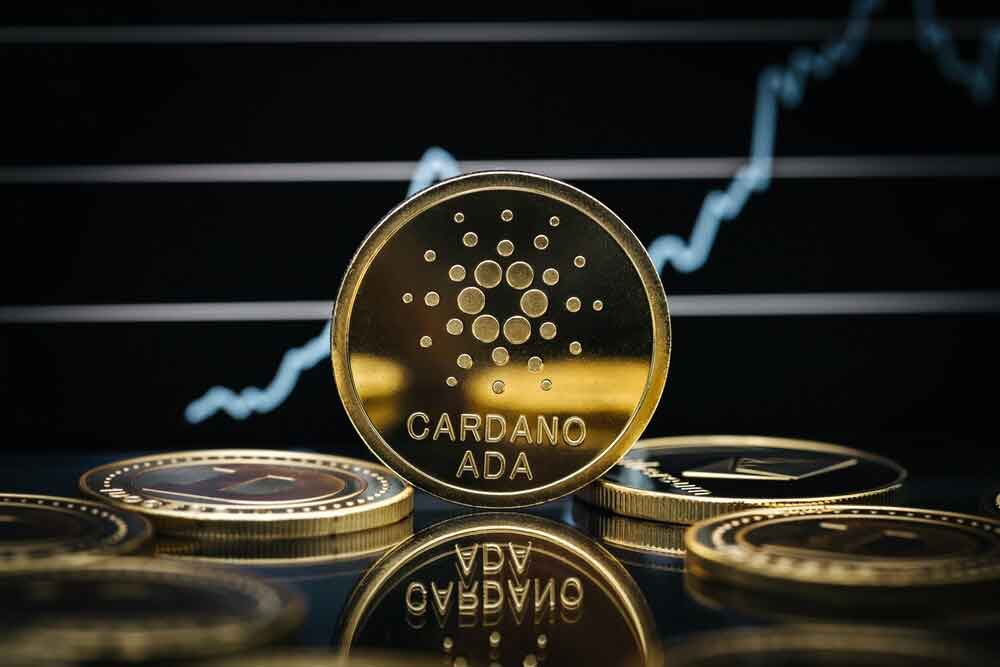
Cardano is a smart contract platform that utilizes a unique proof of stake algorithm known as Ouroboros. Cardano also has a two-layer architecture, which allows for the development of sophisticated decentralized applications.
The Cardano blockchain is made up of two parts: The Cardano Settlement Layer and The Cardano Computational Layer. These parts work together to provide not only transactions but also computational tasks.
Compared to other blockchain networks, the Cardano blockchain uses a Proof-of-Stake system. This system is divided into different epochs, each with a set of validators and ADA tokens that are rewarded for their work.
The Ouroborous platform is more decentralized, as anyone can become a node validator. IOHK recently hard-forked the Cardano Testnet to upgrade it with the Vasil update. This effort is a major part of their plan to improve upon scalability and speed.
The latest upgrade is another step in its quest to outperform Ethereum as the largest smart contract and DeFi platform. It improves efficiency for smart contracts, which will make it cheaper and faster for users to use crypto assets and other digital assets.
In addition, Cardano’s features include:
- A flexible and scalable consensus protocol
- A robust governance system
- A built-in treasury
- Decentralized access control
- Formal verification
Where can I buy Cardano?
There are a few ways to buy Cardano (ADA). The most popular way is through cryptocurrency exchanges such as Binance, Kraken, or Coinbase. ADA can also be bought through a process called staking, which allows users to gain rewards for participating in the network by running a node. However, the easiest and most user-friendly way to buy ADA is through the different wallet apps.
WHAT IS SOLANA
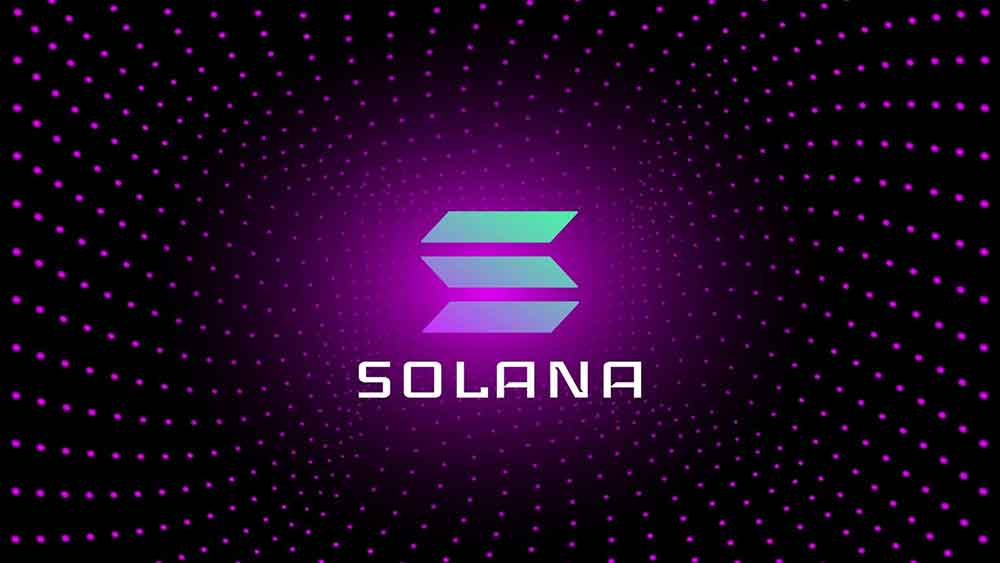
Solana is a blockchain technology that was created in 2020. It is based on the Ethereum blockchain and uses the Proof of Stake consensus algorithm. Solana has unlimited supply tokens and a circulating supply of 362 million tokens.
The native cryptocurrency of the Solana blockchain is SOL.
SOLANA’S FEATURES
Solana blockchain is scalable, secure, and energy efficient. It can process over 50,000 transactions per second and has a block time of just 400 milliseconds. Solana uses a unique Proof of History consensus algorithm that allows it to achieve these high speeds without sacrificing security or decentralization.
Solana is also one of the most energy-efficient blockchains in operation today. Its Proof of History consensus algorithm doesn’t require expensive mining hardware or large amounts of electricity to run. This makes Solana a more sustainable and eco-friendly option than other blockchains.
CARDANO VS SOLANA: EXPLORING THE KEY DIFFERENCES
Cardano vs Solana: Creation
Cardano is a proof-of-stake coin that was created by Ethereum co-founder Charles Hoskinson in 2017. Cardano uses a unique consensus algorithm technology called Ouroboros, which Hoskinson claims is more secure and scalable than proof-of-work algorithms like Bitcoin’s. Cardano has a team of researchers that help in reviewing this blockchain platform to allow optimum operation.
Solana is a proof-of-history coin that was created by early Bitcoin developer Greg Meredith in 2020. Meredith designed Solana to be a high-performance blockchain that can handle tens of thousands of transactions per second.
Cardano vs Solana: Consensus
Cardano uses a proof-of-stake (PoS) algorithm, while Solana relies on proof-of-work (PoW). This means that to validate transactions and add blocks to the blockchain, users must first stake their ADA tokens on the Cardano network. On the other hand, anyone with enough computing power can participate in Solana’s network and earn SOL tokens for validating transactions.
Cardano also uses something called Ouroboros, which is a PoS algorithm that was specifically designed for Cardano. Ouroboros has been mathematically proven to be secure and is considered more energy efficient than PoW consensus algorithms. Solana, on the other hand, uses its custom Proof of History (PoH) algorithm, which allows the network to process up to 65,000 transactions per second.
Cardano vs Solana: Value
Cardano is a coin that has been around for longer and has a proven track record. Solana, on the other hand, is a newer coin with a lot of potential. It is currently trading at an average of $ 0.3192.
Cardano’s main advantage is its history. Since its creation, it has slowly but surely risen in value. The coin also has a strong team behind it and is constantly being developed. These factors give Cardano an edge when it comes to value.
Solana’s main advantage is its potential. It is currently trading at an average of $ 14.41. The coin was only created in 2020 but has already made waves in the cryptocurrency world. The team behind Solana is also very experienced, and the coin is constantly being developed. These factors make Solana a very valuable coin indeed. The market cap of Solana is $ 5.04 billion.
Cardano vs Solana: Growth
While both projects have a lot of potential, some differences could make one a more attractive option for investors.
For one thing, Cardano has been designed with scalability in mind from the start. It uses a unique proof-of-stake algorithm that allows it to handle far more transactions than other blockchain platforms. This makes it well-suited for large-scale applications like cross-border payments or supply chain management.
In contrast, Solana was originally built as a high-speed trading platform. While it can technically handle high transaction volumes, it is not designed with this in mind and does not have the same level of scalability as Cardano.
Cardano vs Solana: How it works
Cardano is a proof-of-stake network that uses a unique consensus algorithm called Ouroboros. Solana uses a different consensus algorithm called Proof of History.
Both Cardano and Solana use different algorithms to achieve consensus on the state of their networks. Cardano’s Ouroboros algorithm is designed to be more energy efficient than Solana’s Proof of History algorithm. Additionally, Cardano’s Ouroboros algorithm is provably secure, meaning that it has been mathematically proven to be secure against certain types of attacks.
Cardano vs Solana: Purpose
When it comes to their respective purposes, Cardano and Solana are quite different. Cardano is a cryptocurrency that was created with the purpose of serving as a platform for smart contracts and decentralized applications. Solana, on the other hand, is a cryptocurrency that was designed to be a high-performance blockchain.
Cardano is focused on providing a platform for developers to build decentralized applications, while Solana is geared toward becoming a high-speed and scalable blockchain.
Cardano vs Solana: Blockchain validation processes
Cardano uses a Proof of Stake (PoS) validation protocol, while Solana uses a Proof of History (PoH) protocol. Proof of work is a more traditional validation process, while PoS and PoH are newer and more innovative approaches. PoS is more energy-efficient than PoH, but it is also less secure. PoH is more secure but consumes more energy.
Cardano vs Solana: Mining
Since Cardano uses Proof of Stake (PoS), it requires staking. In staking, you deposit crypto to receive interest or yield. The process of staking will provide rewards for ADA holders. The higher your stakes, the better rewards you will get.
Solana is also not mined in the same way as other cryptos. Earning more SOL involves becoming a validator. A validator is paid for SOL they manage to lock up. Though validators are chosen randomly, there is an increased probability for a validator to be chosen when they have higher stakes.
These processes are different from how Ethereum miners work by solving complex equations before adding new blocks. In summary, Solana and Cardano are among the blockchain platforms that use less energy compared to other cryptos, such as Ethereum.
Cardano vs Solana: Transaction Speed
Solana has a higher capacity for transactions, with the potential to process up to 50,000 per second. Cardano, on the other hand, can only handle around 250 transactions per second. So if you’re looking for a blockchain with high throughput and low transaction fees, Solana is the better option.
Cardano vs Solana: Transaction Fees
The transaction cost for Solana is $0.00025. Solana has had fixed transaction fees since its launch.
With the Vasil Fork upgrade on the Cardano blockchain, the transactions will get faster, and the fees lower. Currently, the average transaction cost is 0.17 ADA.
Cardano vs Solana: Block Time
Cardano’s average block time is just 10 seconds, while Solana’s is 0.4 seconds. That means that Solana can confirm transactions faster than Cardano. A block in Solana has 20,000 transactions. This is a greater advantage over other cryptos, such as Ethereum, which has a block time of 13 sec with a block size of 70 transactions.
Cardano vs Solana: Supply
Cardano’s supply is limited to a maximum of 45 billion ADA, while Solana’s is unlimited. Currently, the ADA tokens available for circulation are about 35 billion, whereas the are 362 million SOL. So, even though Cardano’s circulating supply is larger than Solana’s, Solana has a higher maximum potential supply.
CARDANO OR SOLANA: DETAILED COMPARISON TABLE
| Difference | Solana | Cardano |
| Consensus | Proof of History | Proof-of-stake |
| Launch | 2020 | 2017 |
| Scalability | Not highly scalable | More Scalable |
| Security | Susceptible to attacks | More secure |
| Usability | Not user friendly | More User Friendly |
| Speed | Fast transaction of 50,000 TPS | 250 transactions per second |
| Energy Efficiency | Energy efficient | More energy efficient |
| Means of Operation | Partly centralized | Open-source and decentralized |
| Usage | Still in the testnet phase | Cardano has already launched its mainnet |
| Transactional Fees | Low transaction fees$ 0.00025 worth of SOL | $ 0.17 worth of ADA |
| Limit | Unlimited (there is only an annual cap) | 45 billion tokens |
| Block Time | 0.4 seconds | 10 seconds |
SOLANA COIN: PROS AND CONS
Solana’s advantages include the following:
- A high transaction throughput of up to 50,000 transactions per second, as compared to Bitcoin’s 3-7 transactions per second and Ethereum’s 15-30 transactions per second.
- Low latency means that transactions are processed quickly.
The ability to process complex contracts and decentralized applications. - A governance model that allows for community input and decision-making.
- Friendly because Investors enjoy paying lower transaction fees.
- Has excellent smart contract abilities best suited for DeFi and NFT.
- It is available in fractional portions known as lamports.
- The first is that it is still in development, so there is no working product yet.
- The second is that it is a closed-source system, meaning that the code is not open to public scrutiny. This could be a problem if something goes wrong with the system, as there would be no one to fix it.
- It is not fully decentralized. It has about 1000 validators
CARDANO COIN: PROS AND CONS
- For one thing, Cardano is far more decentralized than Solana. This means that Cardano is less likely to be controlled by a single entity.
- It is a peer-reviewed blockchain platform.
- Cardan processes up to 250 TPS which is much faster than Ethereum at an average of 20 TPS.
- Another advantage of Cardano is that it uses a more sophisticated Proof-of-Stake algorithm than Solana. Cardano uses Ouroboros, which is considered to be the most secure Proof-of-Stake algorithm available. The secure Proof of Stake algorithm minimizes the risk of attacks by 51%.
- Cardano also has an advantage in terms of scalability. The Cardano network can theoretically scale to millions of transactions per second, whereas the Solana network is limited to around 50,000 transactions per second.
- There is more risk involved with investing in Cardano, as the success of the coin depends on the success of IOHK.
- Finally, Cardano has a slower transaction speed than Solana. While Solana can handle up to 50,000 transactions per second, Cardano can only handle around 250 transactions per second.
- The peer-reviewed approach is awesome on the one hand, but on the other hand, it slows down progress.
- Not as popular as other established competitors in the crypto market. ADA is equally less popular compared to other native cryptocurrencies.
SOLANA VS CARDANO: ARE THERE ANY SIMILARITIES BETWEEN THE TWO COINS
- The two ecosystems allow you to stake coins. They both have pools where one can get rewards by facilitating transactions.
- They both have a high energy efficiency compared to other cryptos.
- Both Solana and Cardano have smart contract capabilities.
- They have both had equally cumulative growth in the market.
Which is a better investment Ada or Solana? What should I buy?
Solana and Cardona both offer good returns on investments. If you are ready to take a risk on a newer coin with the potential for high rewards, Solana Coin might be the right choice for you. But if you’re more conservative and are looking for a coin with a more solid track record, Cardano could be a better option.
Important: In addition to its high transaction throughput, Solana also has low transaction fees. SOL can be used to pay transaction fees on the network. This makes Solana an attractive option for developers who want to build apps or services that require fast and cheap payments.
FINAL WORDS: IS CARDANO OR SOLANA BETTER
The bottom line is that both Solana Coin and Cardano have their pros and cons. Everything comes down to what you are looking for in a cryptocurrency. If you are looking for a cryptocurrency that is faster and more scalable, then Solana Coin is a good choice. If you are looking for a cryptocurrency that is more decentralized and has a more active development community, then Cardano is a good choice.
So, what’s the bottom line? Both Cardano and Solana have a lot to offer investors, and it really comes down to personal preference. If you’re looking for a more established platform with a large community, Cardano might be the right choice for you. However, if you’re willing to take on a bit more risk for the potential of higher rewards, Solana could be the better option.
